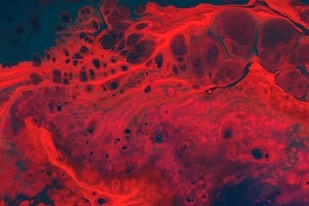PRP information
Platelet rich plasma (PRP) refers to a blood product made by centrifuging a small amount of blood taken from the patient’s own body. A special tube is used that separates the red and white blood cells from the plasma and platelets. The process of separation results in a platelet concentration in the remaining plasma that is 2-7x that of regular blood. This platelet rich plasma (PRP) is then injected into ligaments, joints, joint capsules and soft tissues that have been previously identified as pain generators. Platelets bind to collagen in tissues and remain in the area for approximately 2 weeks releasing inflammatory mediators as well as growth and immune mediators that initiate and accelerate tissue repair and modulate the chronic pain process.
Platelet rich plasma has been found to be particularly beneficial in reducing chronic pain following injuries including whiplash associated disorder when the joint capsules, ligaments and tendon insertions have been identified as pain generators. The number of treatments required varies among patients. Occasionally one injection is sufficient although repeat injections can be required if locations are missed or of the effect fades after 6-12 months. It is important to remember that PRP reduces, but does not usually eliminate, pain.
Platelet rich plasma injections are not covered by the BC medical services plan, WSBC or 3rd party insurers. The cost depends on the complexity of the procedure and amount of PRP used.
PRP is an alternative therapy for certain types of chronic pain that can be considered when standard therapies have failed. It is not a permanent cure and should only be used as part of a comprehensive chronic pain management program.

